I am currently trying to do this: once the webpage loads, find out if the URL is of a certain pattern (say www.wikipedia.com/*), then, if so, parse the HTML content of that webpage like one can do with BeautifulSoup, and check if the webpage has a div with class foo and id boo. Any idea where can I writ this code, that is, where can I get access to URL, where do I need to listen to to know that the webpage has finished loading following which I can look for the URL and HTML content, and where and how I can parse the HTML?
I tried going through the code in src/chrome/browser/tab_contents, I could not find any reasonable place where I can do all this.
